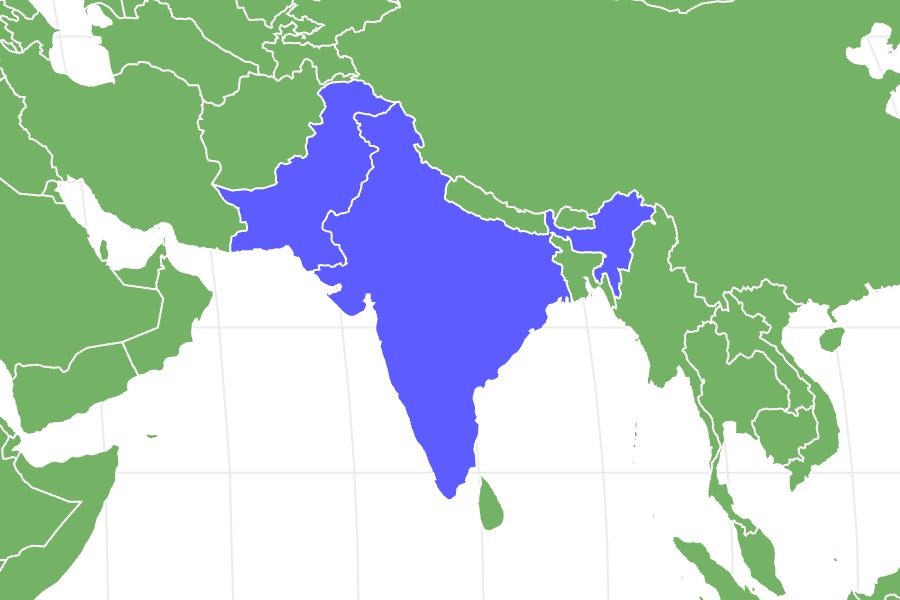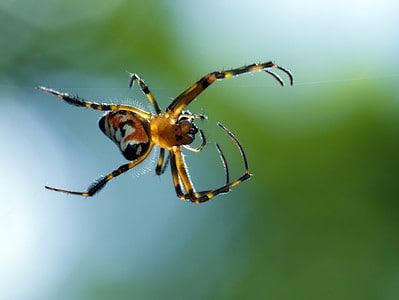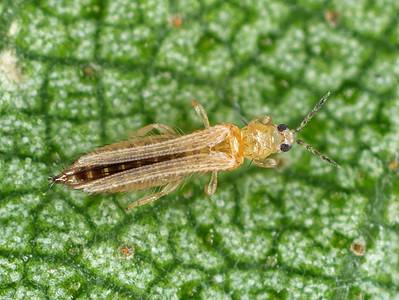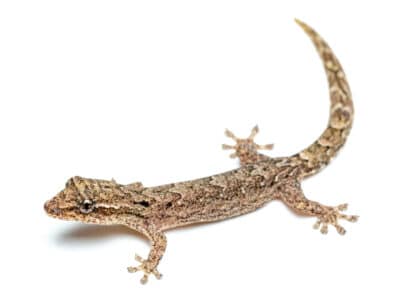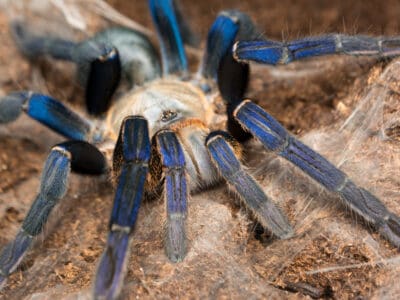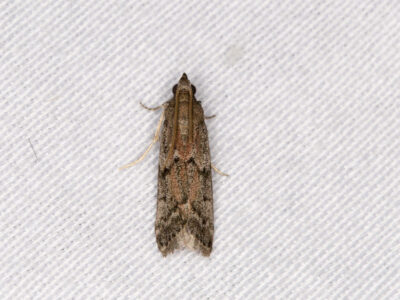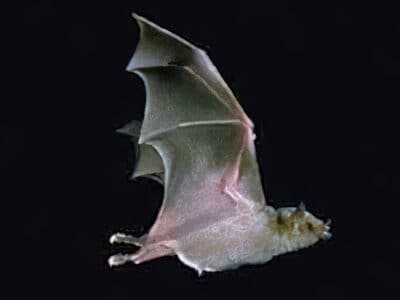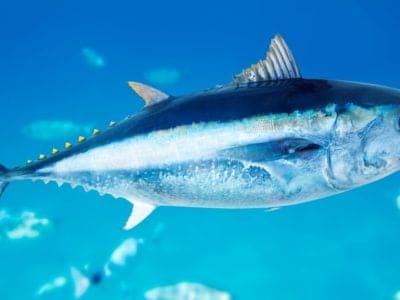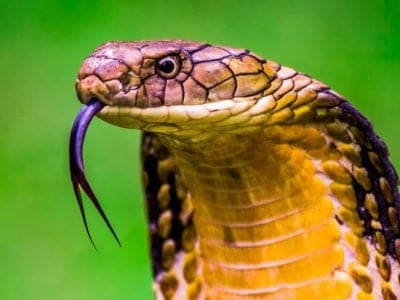Rhamphosuchus had a narrow snout with a beak-like appearance.
Advertisement
Rhamphosuchus Scientific Classification
- Kingdom
- Animalia
- Phylum
- Chordata
- Class
- Reptilia
- Order
- Crocodilia
- Family
- Gavialidae
- Genus
- Rhamphosuchus
- Scientific Name
- Rhamphosuchus crassidens
Read our Complete Guide to Classification of Animals.
Rhamphosuchus Conservation Status
Rhamphosuchus Facts
- Prey
- Fish
- Main Prey
- Fish
- Fun Fact
- Rhamphosuchus had a narrow snout with a beak-like appearance.
- Most Distinctive Feature
- Beak-like snout
- Distinctive Feature
- Long and narrow snout
- Diet
- Carnivore
- Favorite Food
- Fish
- Special Features
- Conical shaped teeth for gripping prey
View all of the Rhamphosuchus images!
Rhamphosuchus is an extinct genus of semi-aquatic crocodilians that lived during the Miocene in an area that is now the Indian subcontinent. Historically, paleontologists consider this giant reptile the largest crocodilian to have ever lived. However, recent studies have reviewed its size significantly. In addition to its size, the rhamphosuchus had a long and narrow snout, which had a beak-like appearance.
Description & Size
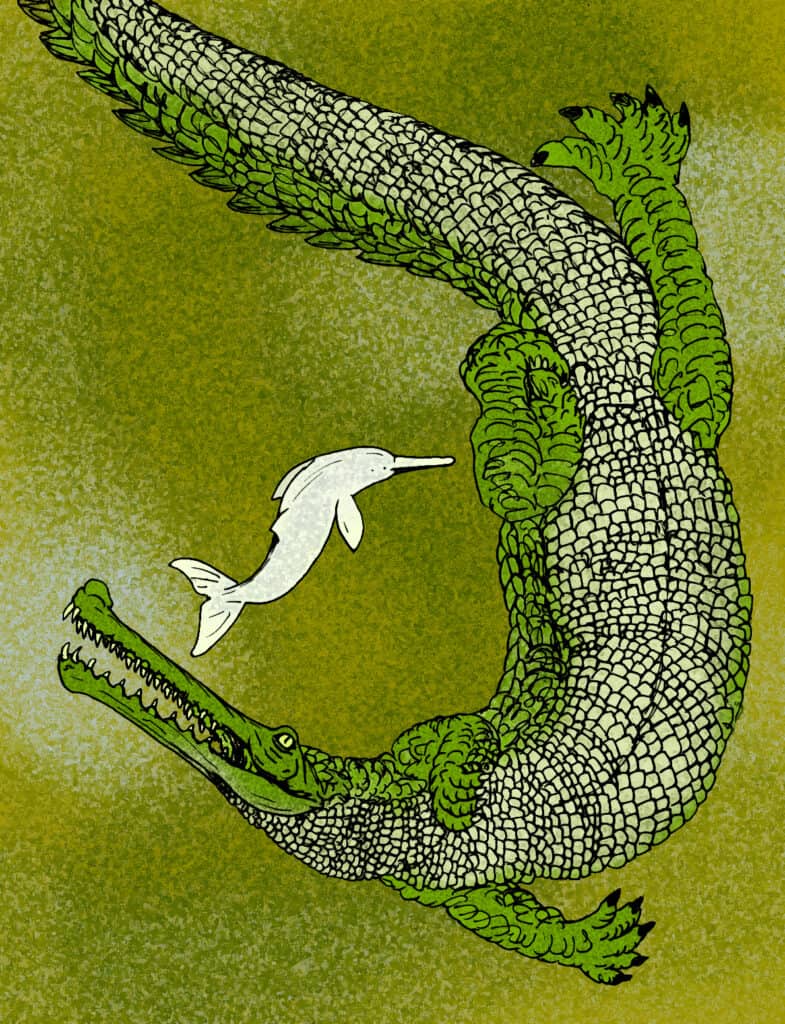
The elongated snout of the rhamposuchus is one of its most notable features. Here, it’s shown with a Ganges river dolphin to compare size.
©Apokryltaros/Wikimedia Commons – License
Rhamphosuchus was a crocodilian genus that lived during the Miocene epoch. It belongs to the family Gavialidae, a family of semiaquatic crocodilians known for their massive size and elongated, narrow snouts.
The elongated snout of the rhamphosuchus is one of its most notable features. Paleontologists gave it the name rhamphosuchus, which means beak crocodile. The name refers to the beak-like appearance of its long and narrow snout. Like all crocodilians, it had short and stout legs. It also had a strong tail, making it an efficient swimmer.
Sizing this reptile has been a bit challenging for paleontologists because the genus is only known from partially-preserved skull fossils. Skulls often estimate the size of crocodilians, though. The fragmentary nature of the rhamphosuchus’s fossils makes reconstructing and sizing the fossil a little difficult.
When it was first discovered, paleontologists considered the rhamphosuchus the largest crocodylian on earth. Initial estimates gave it a length of 50 to 60 feet. However, more recent studies have been conducted on this fossil, and the size has been reduced to about 26 to 36 feet. Although this means it is no longer the largest crocodilians, it is still one of the largest on crocodilians.
The family classification of this reptilian group is another feature that has been reviewed recently. Initially, scientists thought it was a close relative of present-day false gharial, a freshwater crocodilian native to Malaysia. This would have placed the rhamphosuchus in the subfamily tomistominae. However, based on more recent studies, scientists have classified the rhamphosuchus as a member of the subfamily gavialinae.
Diet – What Did Rhamphosuchus Eat?
The rhamphosuchus was undoubtedly a carnivore like many other crocodilians. Scientists believe that the rhamphosuchus’ narrow snout, which had several conical gripping teeth was well-adapted for capturing slippery prey. Its diet would have been similar to present-day Gharials, known to be prolific fish-eaters. The rhamphosuchus was a good swimmer too and would have been able to swim at a fast speed to catch fish.
However, this reptile might have had a more varied diet. It might have incorporated other prey aside from fish into its diet. Also, the large size of the rhamphosuchus would have meant that it could eat larger prey which would have been abundant in the warm tropical waters where it lived. Some theories suggest that the rhamphosuchus evolved to be so big due to the emergence of large prey in their habitat, and their extinction might have been linked to the disappearance of this preferred prey.
Habitat – When and Where It Lived
The rhamphosuchus was a semi-aquatic reptile that lived in the swamps of the Indian subcontinent. Fossils of this crocodylian have been discovered in Miocene deposits from the Siwalik Hills in Pakistan and India. It is also known from formations in the Sindh region of Pakistan.
Threats and Predators
Given the large size of the reptile, they most likely did not have a lot of natural enemies. Like other Crocodilians, the rhamphosuchus most likely did not provide any parental care for their young. This means the juveniles would have been easy prey to large-sized crocodilians and other giant creatures that lived around the same period.
Discoveries and Fossils – Where It Was Found
A team of Paleontologists led by Falconer and Cautley discivered the first species of the rhamphosuchus genus (rhamphosuchus crassidens) in1840. The team was digging in the badlands of India when they found the fossils. The first find included only fragments of a giant skull. Although it was incomplete, the skull clearly showed that it was the jawbone of a massive gharial-like crocodile.
Extinction – When Did Rhamphosuchus Die Out?
This giant crocodilian lived between Late Miocene to Pliocene Epochs. Scientists are not certain what led to this crocodilian species’ disappearance.
Similar Animals to the Rhamphosuchus
Similar Crocodilian to the rhamphosuchus include:
- Purussaurus: This is an extinct genus of giant caiman that lived in South America during the Miocene epoch. The estimated size of this crocodylian is similar to the initial estimates of the rhamphosuchus size.
- Deinosuchus: This is an extinct genus of aligatoroid crocodylian. It lived during the late Cretaceous in North America.
- Mourasuchus; This is an extinct genus of giant crocodilian that lived in South America during the Miocene Epoch. It had a unique duck-like skull with a flat and elongated snout.
Related Animals…
View all 114 animals that start with RRhamphosuchus FAQs (Frequently Asked Questions)
When was rhamphosuchus alive?
Rhamphosuchus is an extinct crocodylian genus that lived during the Miocene in India and Pakistan. It lived between 5-2 million years ago.
How big was rhamphosuchus?
The Rhamphosuchus used to be the biggest crocodilian that ever lived. Previous estimates gave it a length of 50 to 60 feet from head to tail and a weight of about 20 tons. However, the size has been reviewed and reduced to about 35 feet long and a weight of 2 to 3 tons.
What did rhamphosuchus eat?
Rhamphosuchus’ diet consisted almost entirely of fish. However, experts think this reptile might have incorporated other prey into its diet, including larger animals that lived in the same habitat.
Thank you for reading! Have some feedback for us? Contact the AZ Animals editorial team.
Sources
- Fossil Wiki, Available here: https://fossil.fandom.com/wiki/Rhamphosuchus
- Mindat.org, Available here: https://www.mindat.org/taxon-4822308.html
- Wikipedia, Available here: https://en.wikipedia.org/wiki/Rhamphosuchus

